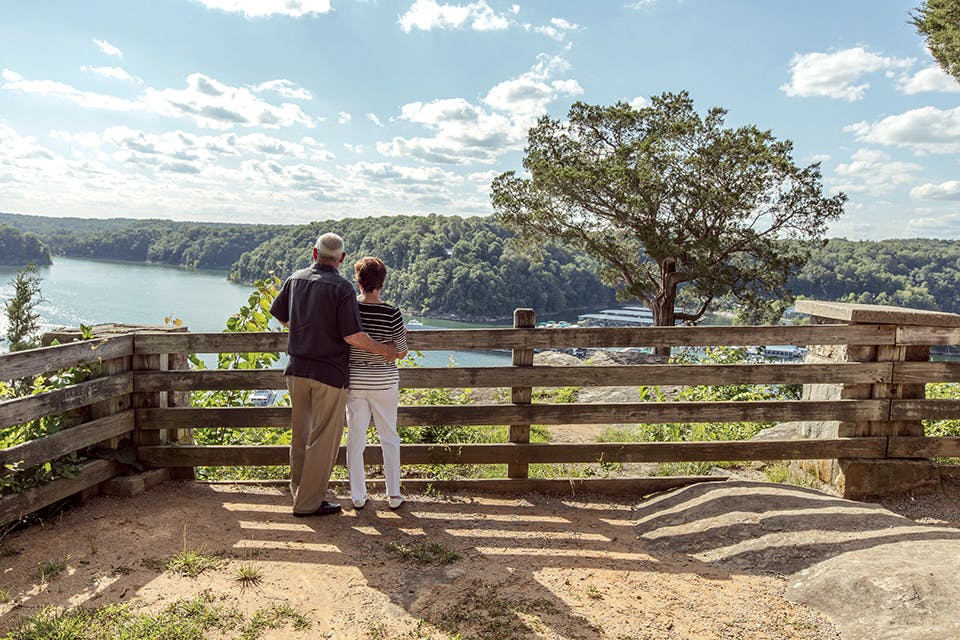Travel
| Long Weekends
Indiana Turns 200
As our neighbor celebrates its bicentennial, here are four attractions to put on your travel itinerary.
Related Articles

Explore a Pittsburgh Tiki Bar
Writer Michael Pramik takes us along on a trip to Hidden Harbor and his conversation with co-owner Adam Henry. READ MORE >>

The Epiphany that Created Maggie’s Farm Rum
Tim Russell shares his audacious journey of defiance that helped him start what is now a fixture in Pittsburgh’s Strip District. READ MORE >>

4 Kentucky Favorites to Visit This Spring
From booking a stay along the shore of Lake Cumberland to exploring the Kentucky Derby’s long legacy, a trip to the Bluegrass State offers food, fun, history and more. READ MORE >>



